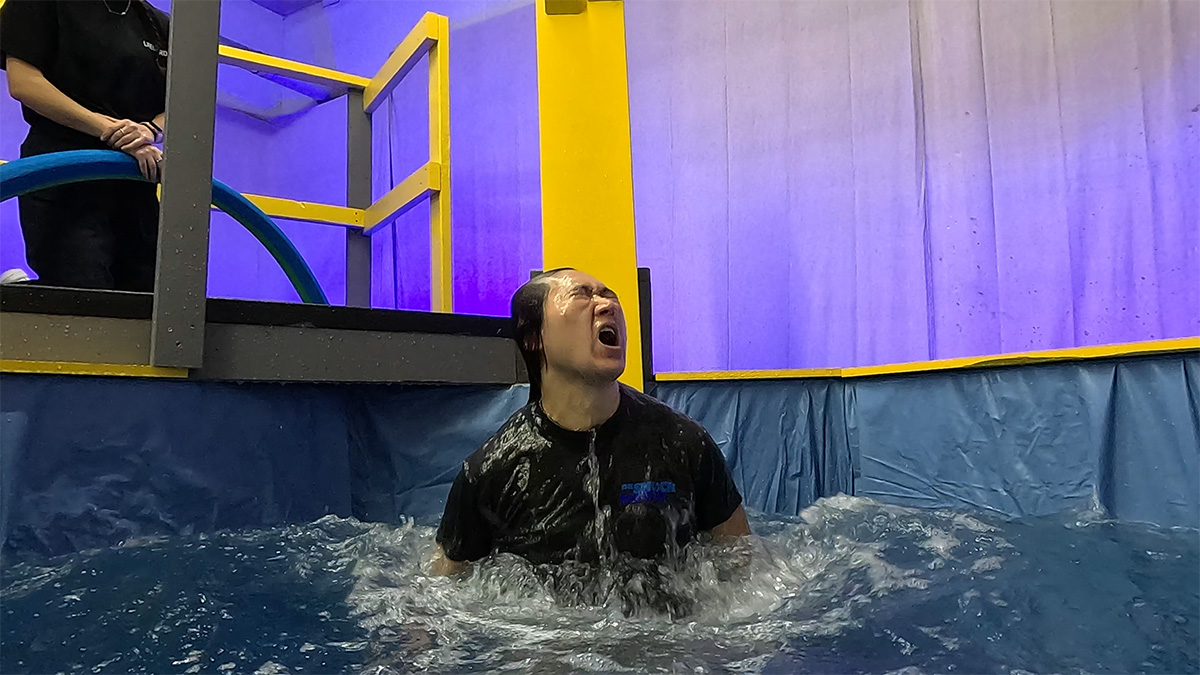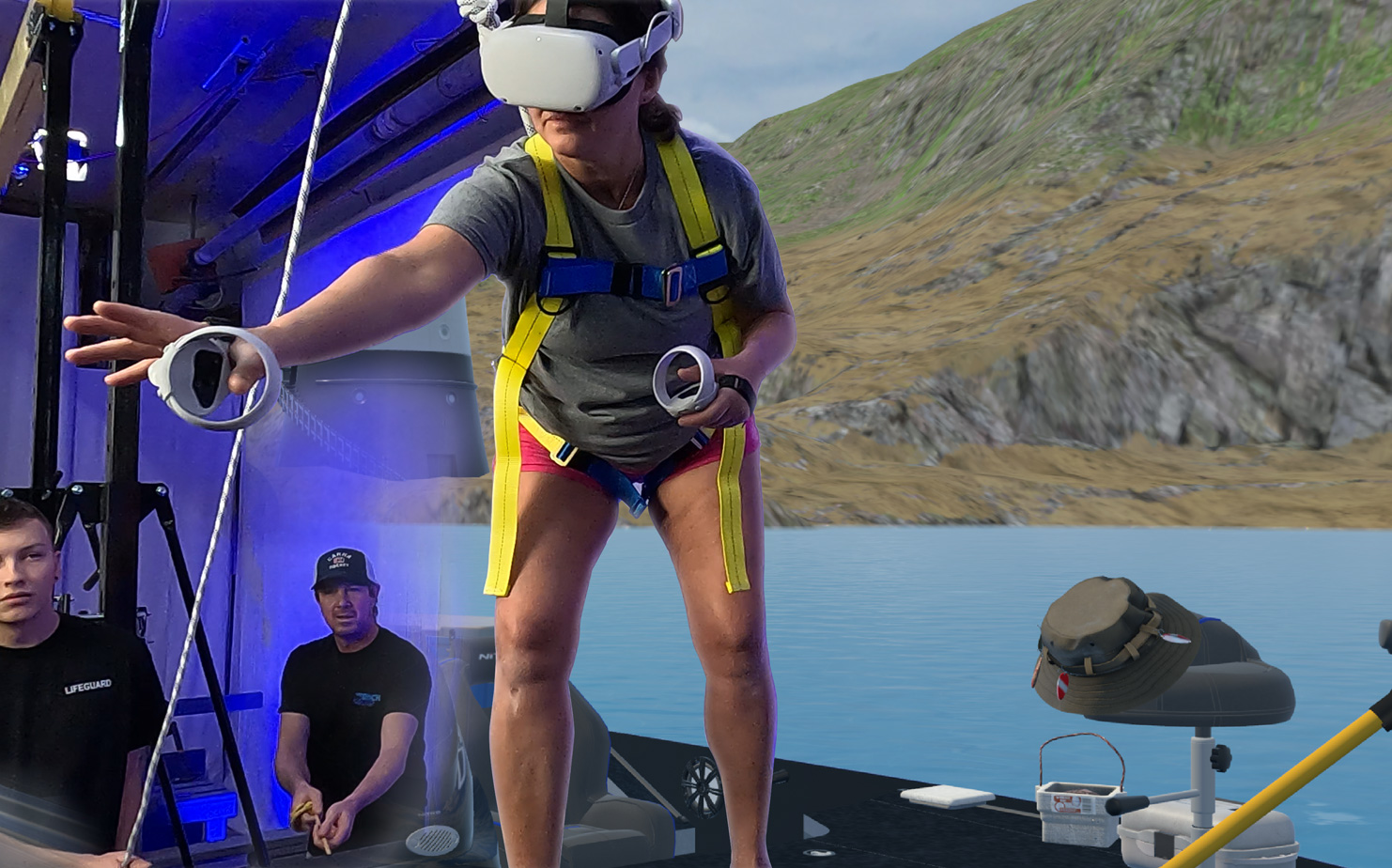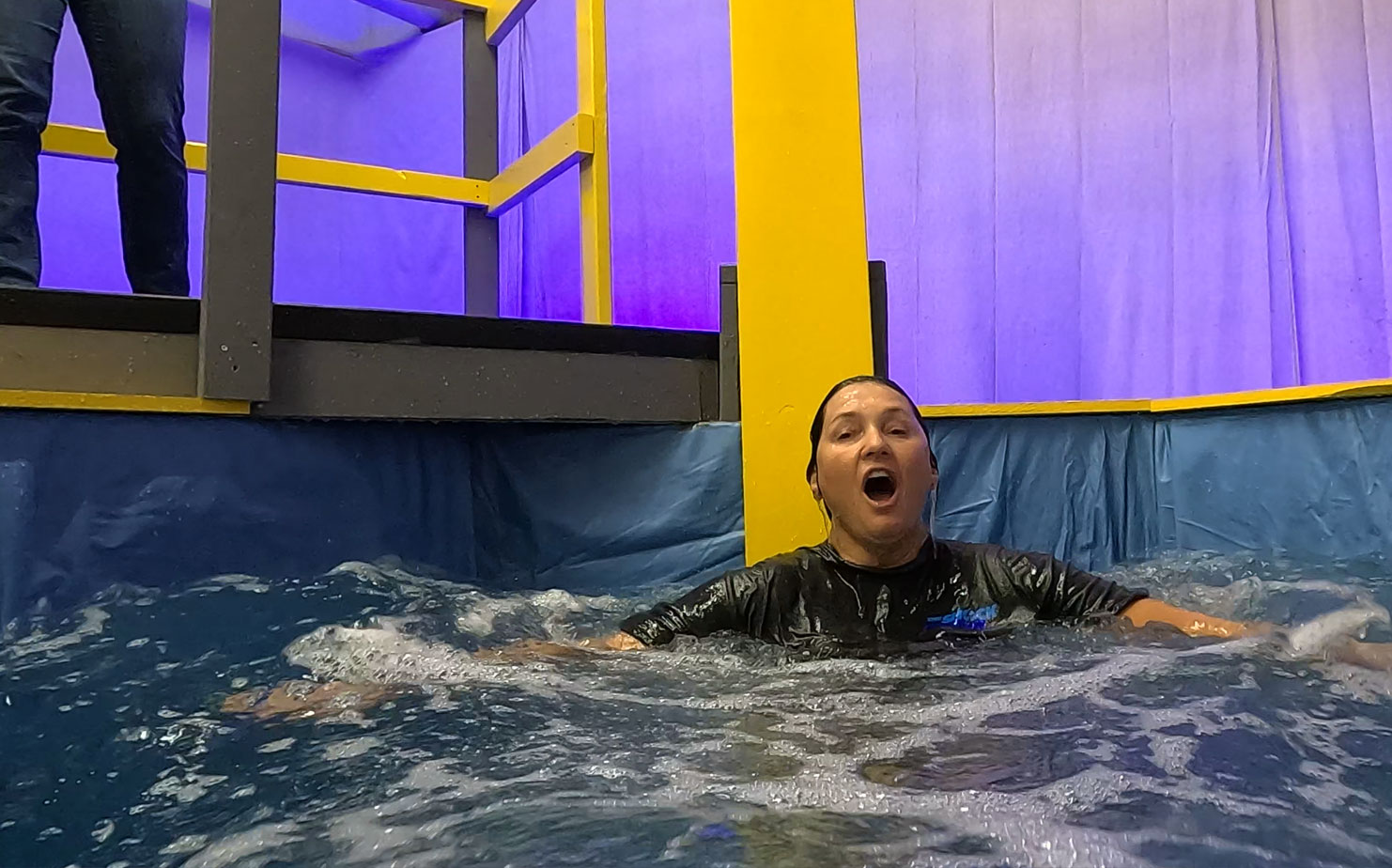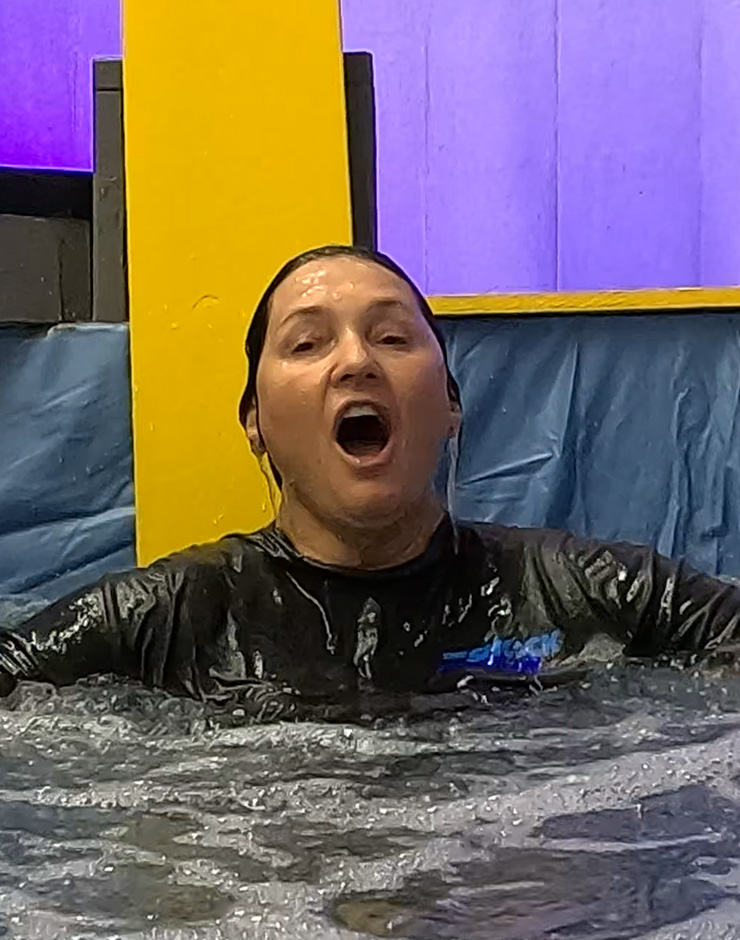
What is the Shock Factor?
Have you ever leaned way back in a straight chair, balancing on the back two legs, and almost fallen over, catching yourself at the last second? That is the first step leading to the shock factor. That big, and perhaps even half expected action that caused you to gasp in surprise?
Now imagine that you were not expecting it at all…like an accidental fall overboard into the water from your boat or a dock. But you don’t catch yourself and your gasp of surprise is perfectly timed with your entry into the water.
The result is the Shock Factor…an accidental fall overboard causing an uncontrolled gasp when you hit the water that can compromise your ability to swim, or even survive.
Learn MoreThe Experience
The Shock Factor experience has been created to demonstrate that no matter how experienced a boater you are, how well you can swim, how nice the weather, or how close your lifejacket might be... (other than having it on)... when you are boating, there is an ever-present risk that an accidental immersion can cause you to have your worst boating day ever.
The Shock Factor experience was a simple research exercise designed to identify the emotional and physical reaction a boater might experience to the surprise of an accidental fall and the shock of ending up in water. A series of ‘experiences’ were created to simulate surprise immersions and candidates were recruited and selected at random to participate. Each was put through a series of experiences and their responses recorded both by cameras and with specially designed shirts to measure their vital signs, like heartbeat, respiration, and volume of air intake.
Learn More
Participants
Select a Shock Factor Candidate To Learn More About Their Experience.
-

Subject 5
Subject 5
-

Subject 6
Subject 6
-
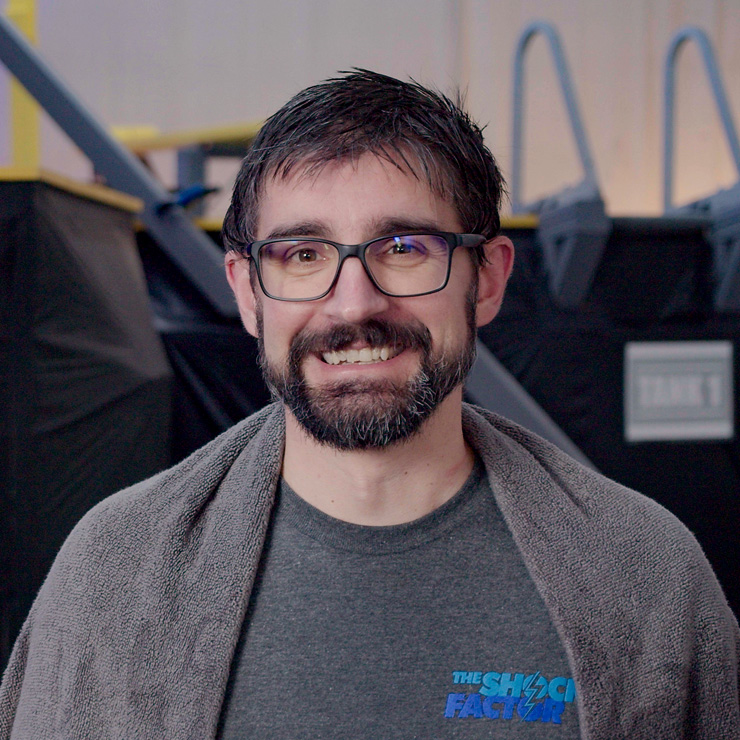
Subject 7
Subject 7
-
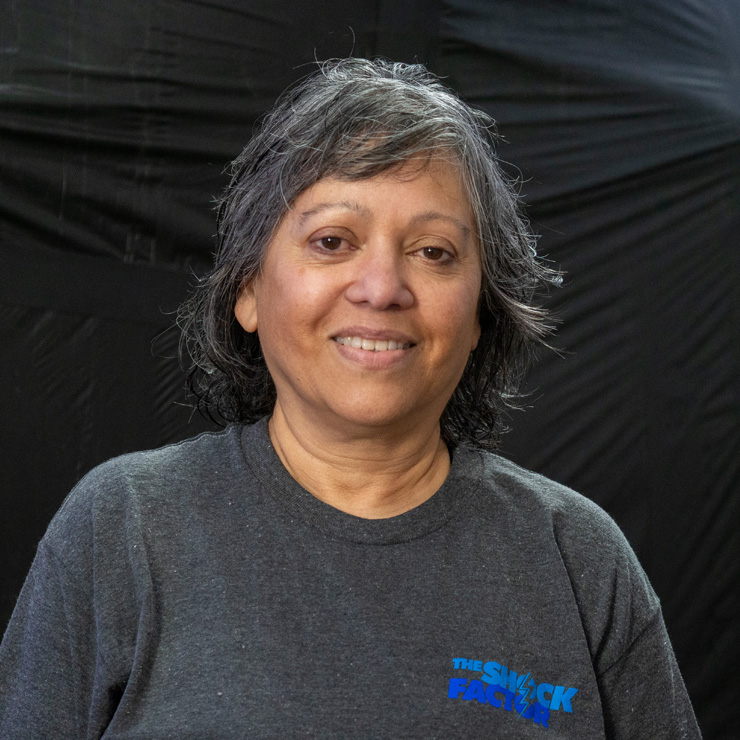
Subject 14
Subject 14
-
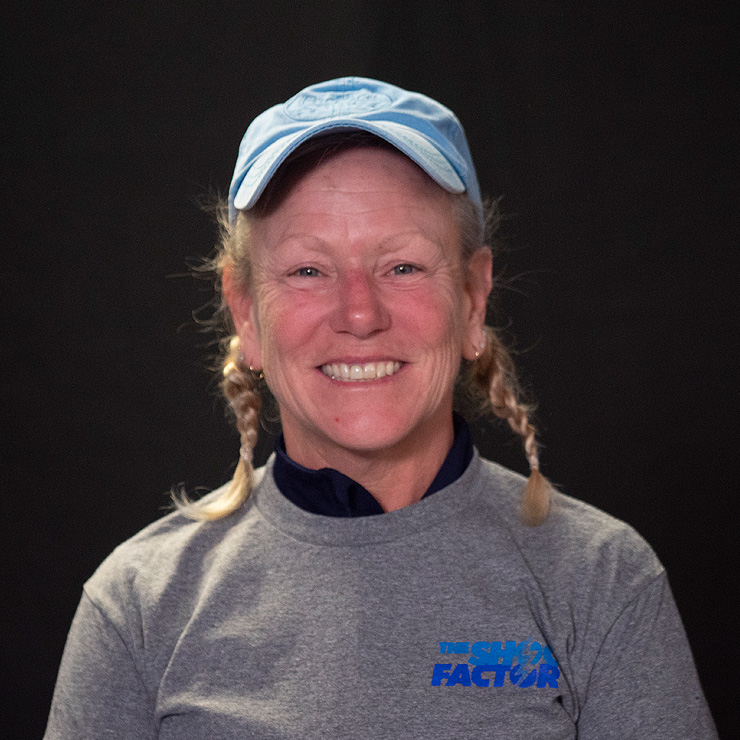
Subject 15
Subject 15
-

Subject 16
Subject 16
-

Subject 18
Subject 18
-
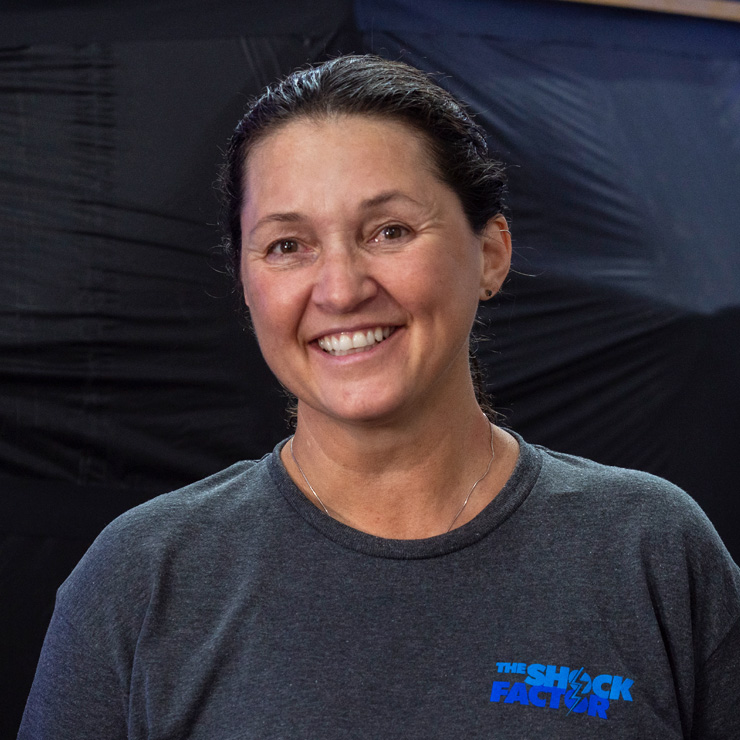
Subject 19
Subject 19
-

Subject 21
Subject 21
-
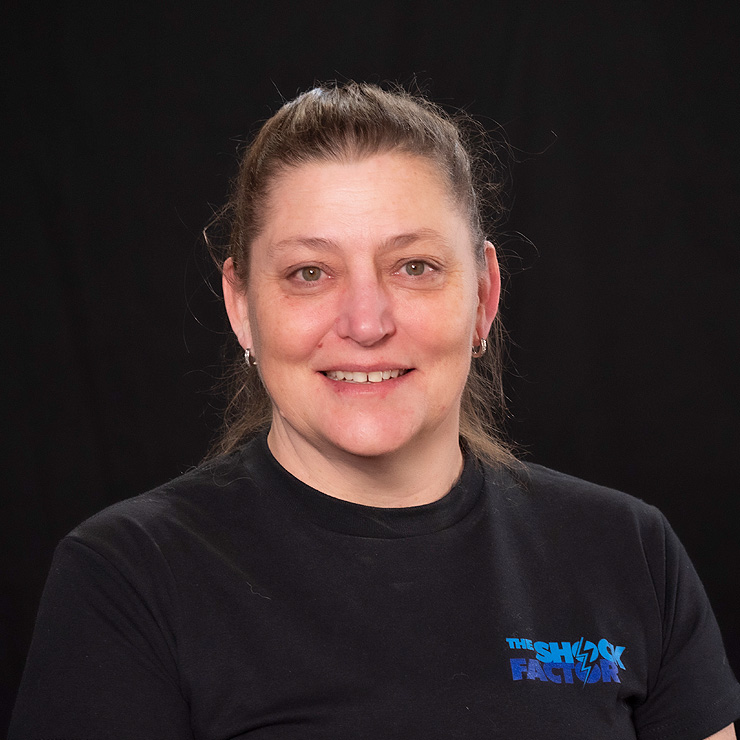
Subject 23
Subject 23
-

Subject 24
Subject 24
-
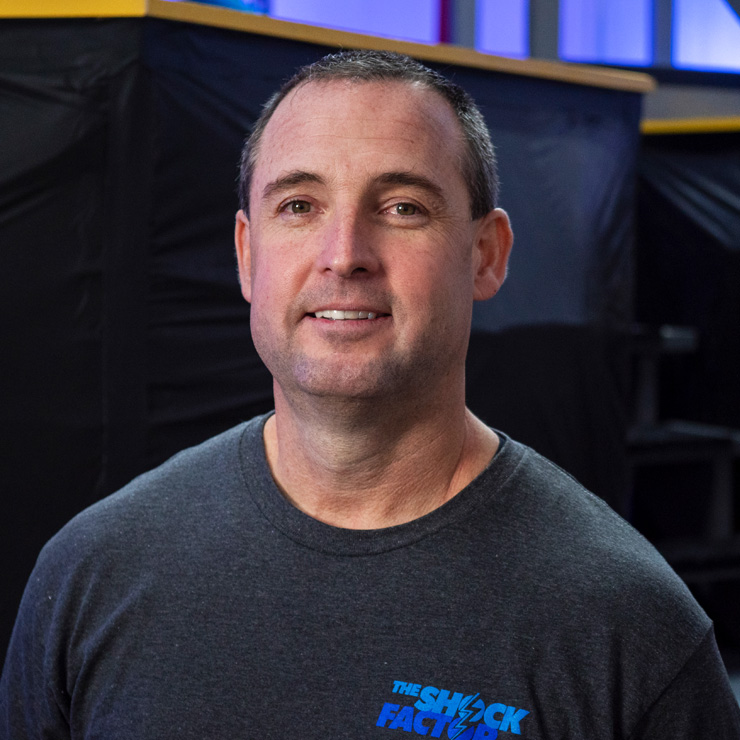
Subject 27
Subject 27
-

Subject 32
Subject 32
-

Subject 33
Subject 33
-

Subject 35
Subject 35
-
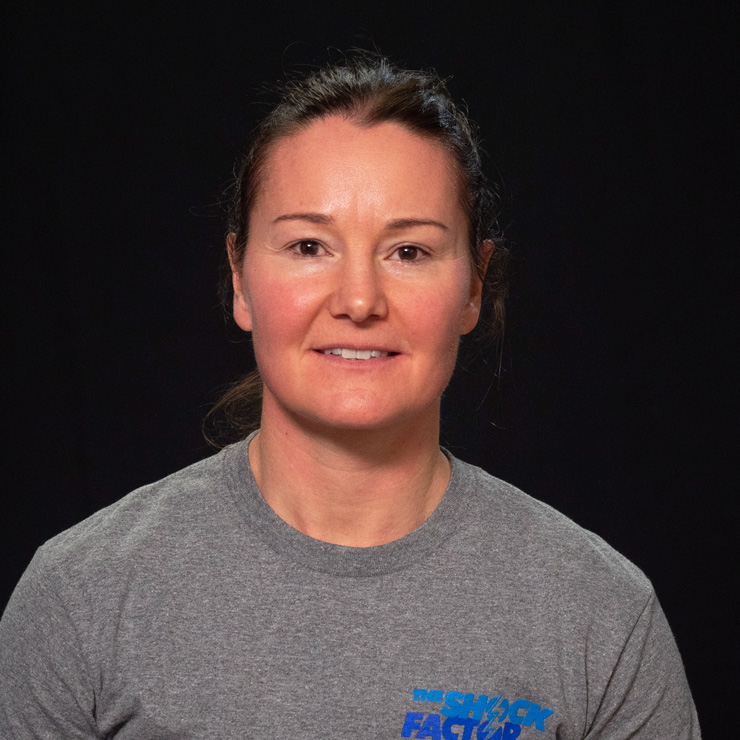
Subject 37
Subject 37
-
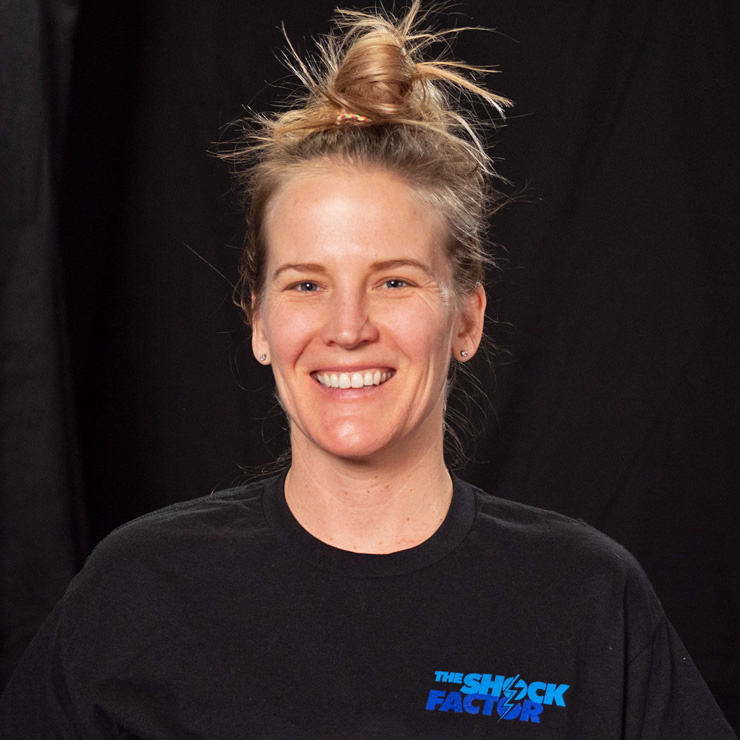
Subject 44
Subject 44
-

Subject 45
Subject 45
-

Subject 46
Subject 46
Picking Research Subjects
Participants were recruited from the boating community. Their experience ranged from novice to a few professionals, from powerboats to sailboats to paddle craft.
The Shock Factor Categories
The shock factor experiences were developed into two specific categories… Virtual Reality and Real Experiences (because there is nothing virtual about reality).
Virtual Experiences
As series of virtual reality (VR) experiences were created and the best ones chosen for use in the Shock Factor Research. To compliment the VR, physical experiences were also incorporated to add physical motion to the surprise. Safety first of course so every subject wore a safety harness for each VR experience.
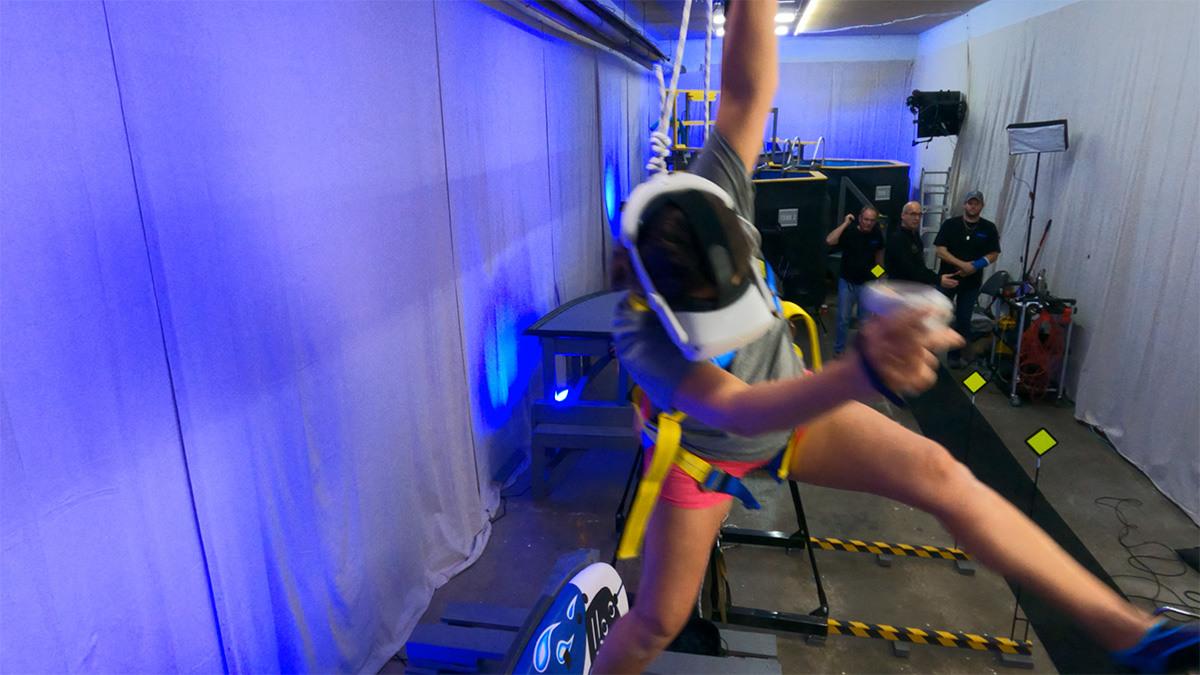
SUPS (stand-up paddle boards) are becoming a mainstay on Canada’s waterways. They are inexpensive, easy to transport and store (some are inflatable) and allow Canadians to get out on the water like never before. However, research by the Canadian Safe Boating Council has shown that lifejacket wear on SUPs is woefully small.
The Shock Factor SUP offered an opportunity for the subject to go for a leisurely paddle in a beautiful cove and enjoy the sights, sounds and feeling of freedom that a SUP provides. Part way through their paddle each subject was dumped into the virtual water and their reaction, both visible and physical was recorded.
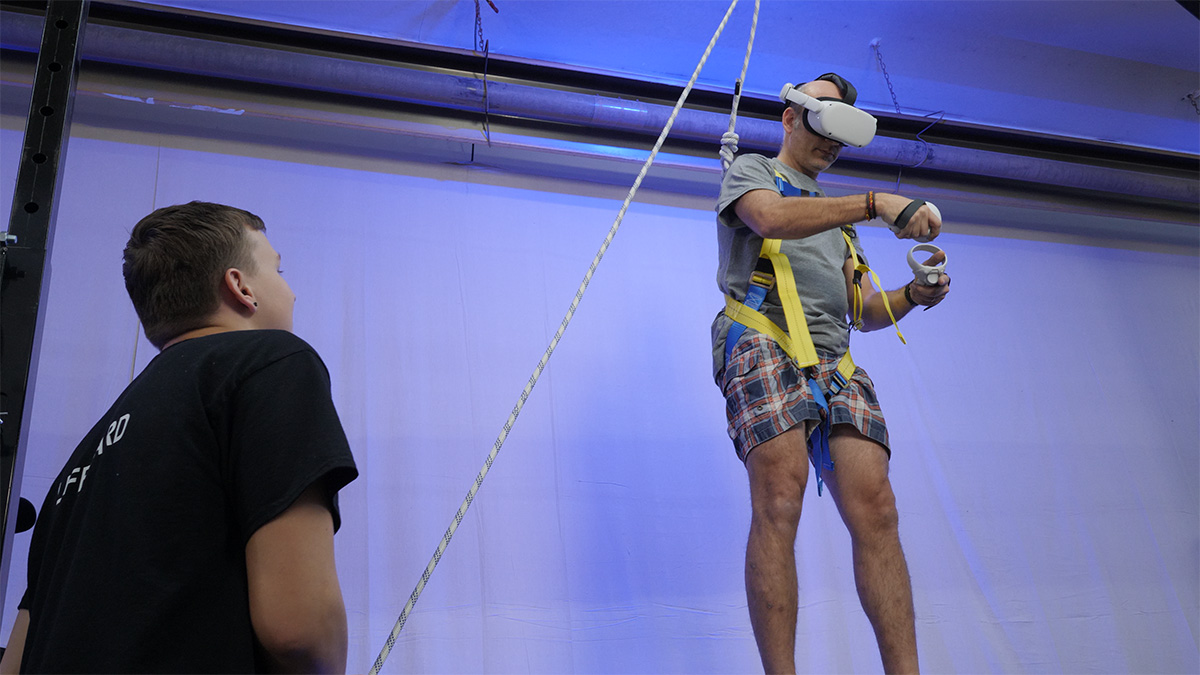
More than 50% of all the boats sold identify fishing as their primary purpose. So it was only natural to include a fishing experience in the suite of VR experiences. Each subject, after being harnessed up went fishing on Shock Factor’s VR bass fishing boat. After a few casts the subjects experienced a virtual reality ‘fish on’ and had to reel their fish in beside the boat. Reaching for the fishing net and bending down to capture the fish on their hook, each subject experienced a (virtual) fall overboard and their were reactions recorded.
Real Experiences
To add water to the mix, two dunk tanks were specially constructed. Similar in physical size each was wide enough to be safe for an unexpected dunking and deep enough that the subject would experience an immersion similar to falling overboard. The only difference was one tank had been heated to near body temperature (35 degrees) and the other was at about 17 degrees… an average Canadian lake water temperature.
